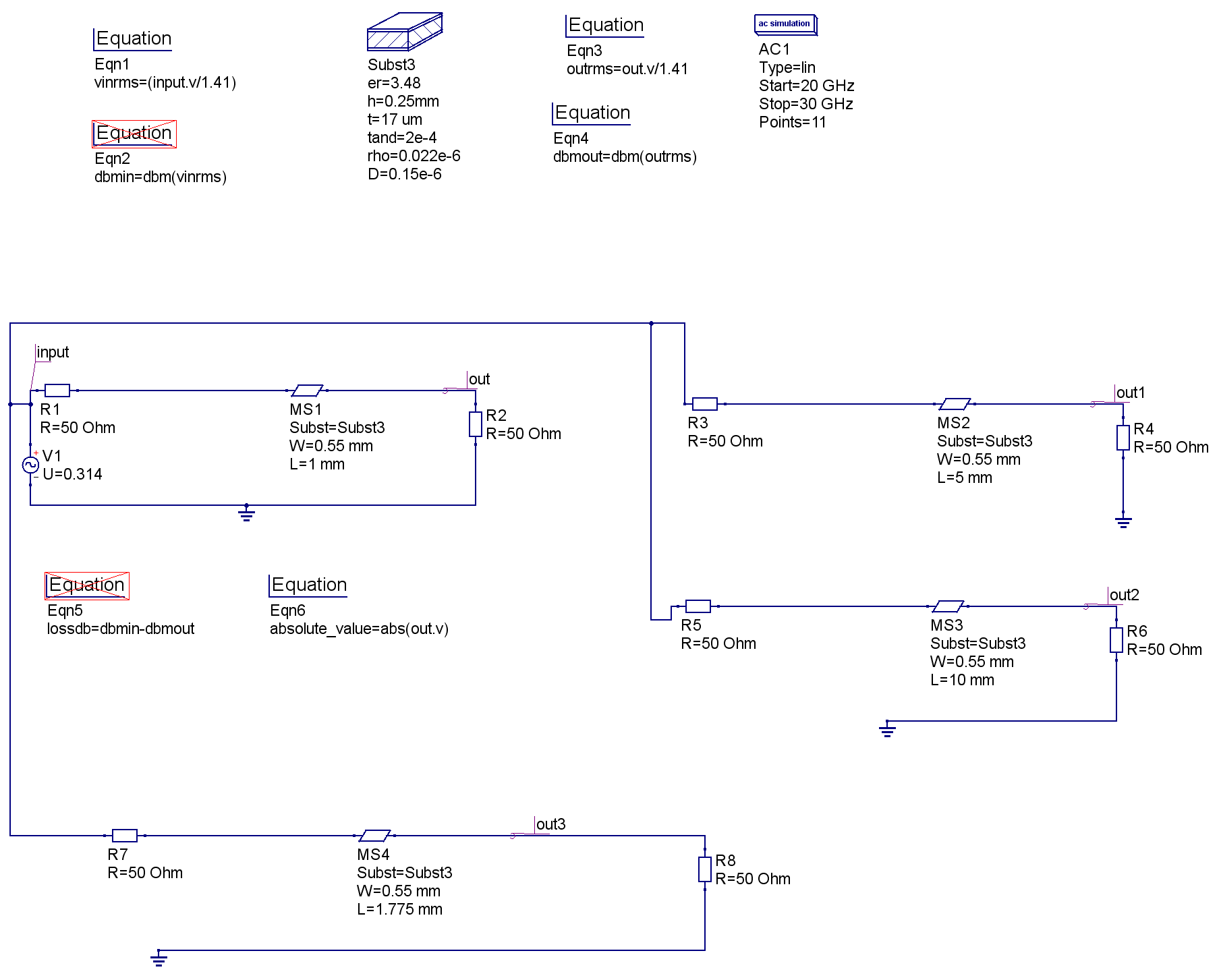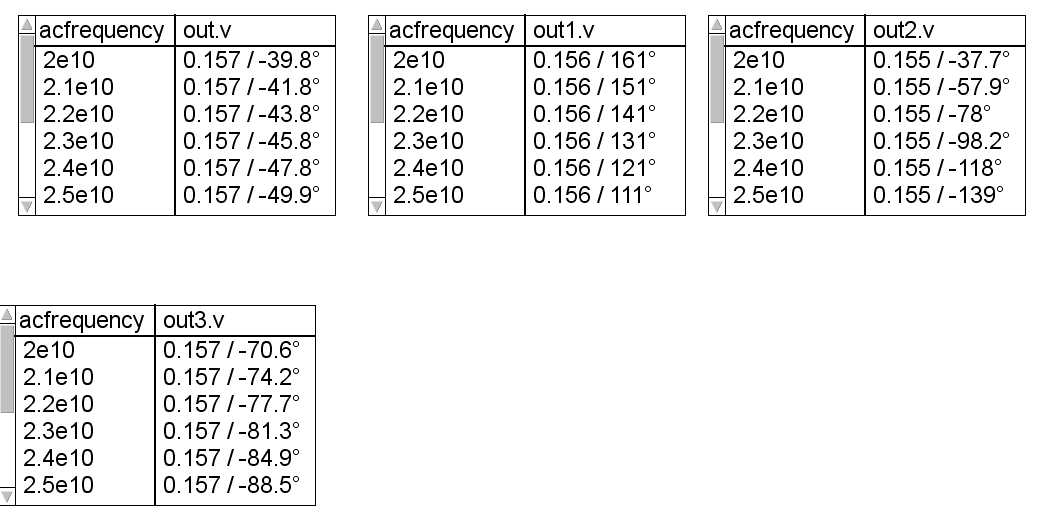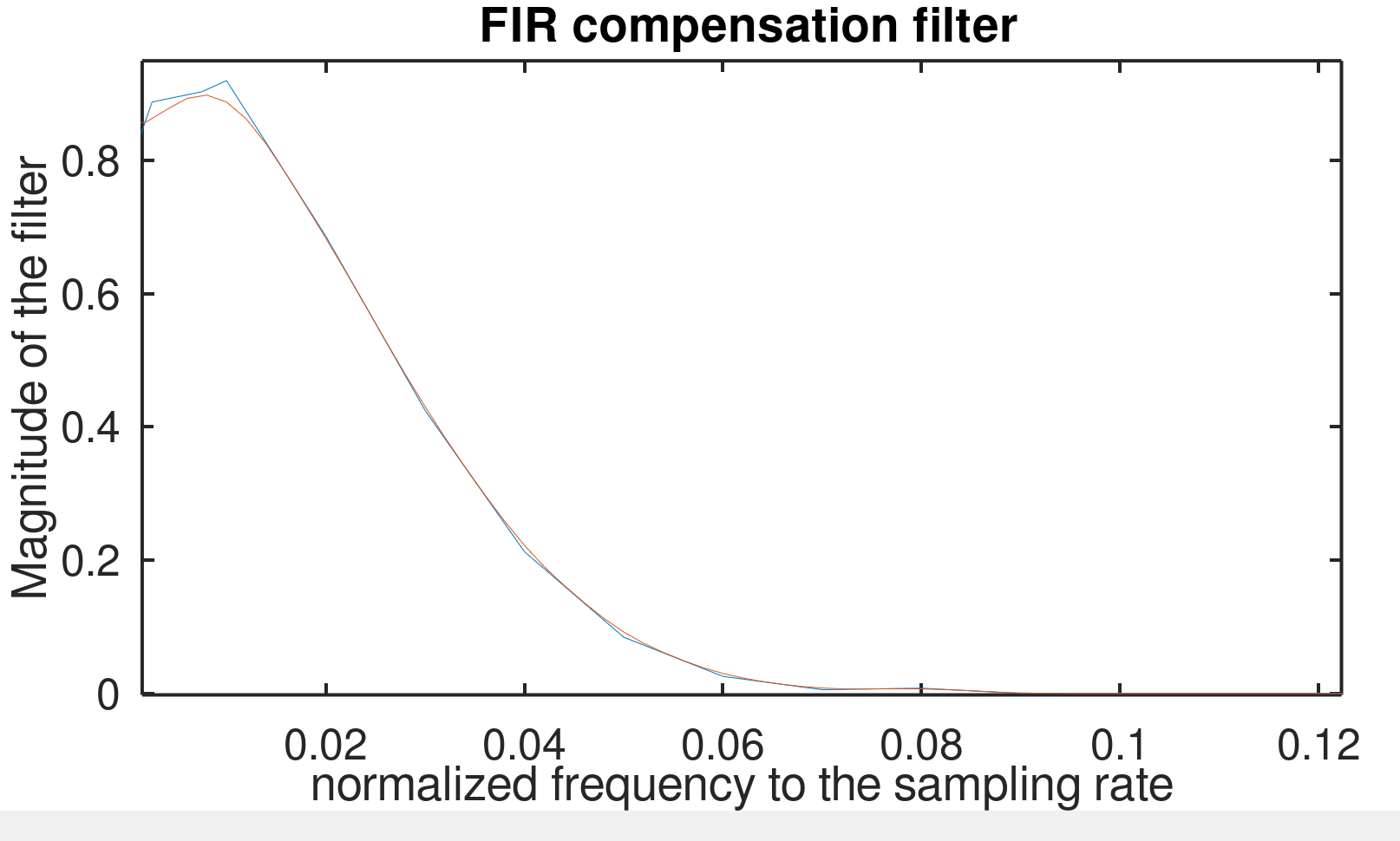Some simulation results are presented in this post that may be of interest to layout of RFMW circuits as well as to the design of the MIC or MMIC circuitry. What has been done here, is to simulate a microstrip with fixed width and varying length. The source impedance is 50 Ohm and the load impedance is 50 Ohms. What it shows is, that in layout for example, if the width is constant ( and designed for 50 Ohms) the length of a microstrip ( where alpha = 0) causes a very small change in the peak voltage across the load. However, the angle of the voltage changes significantly. This has implications for interconnecting devices using microstrip and phase issues ( if important). Your comments are welcome. Please visit the Signal Processing Group Inc website at www.signalpro.biz for other interesting items.
Note: Simulations were run using QUCS.



